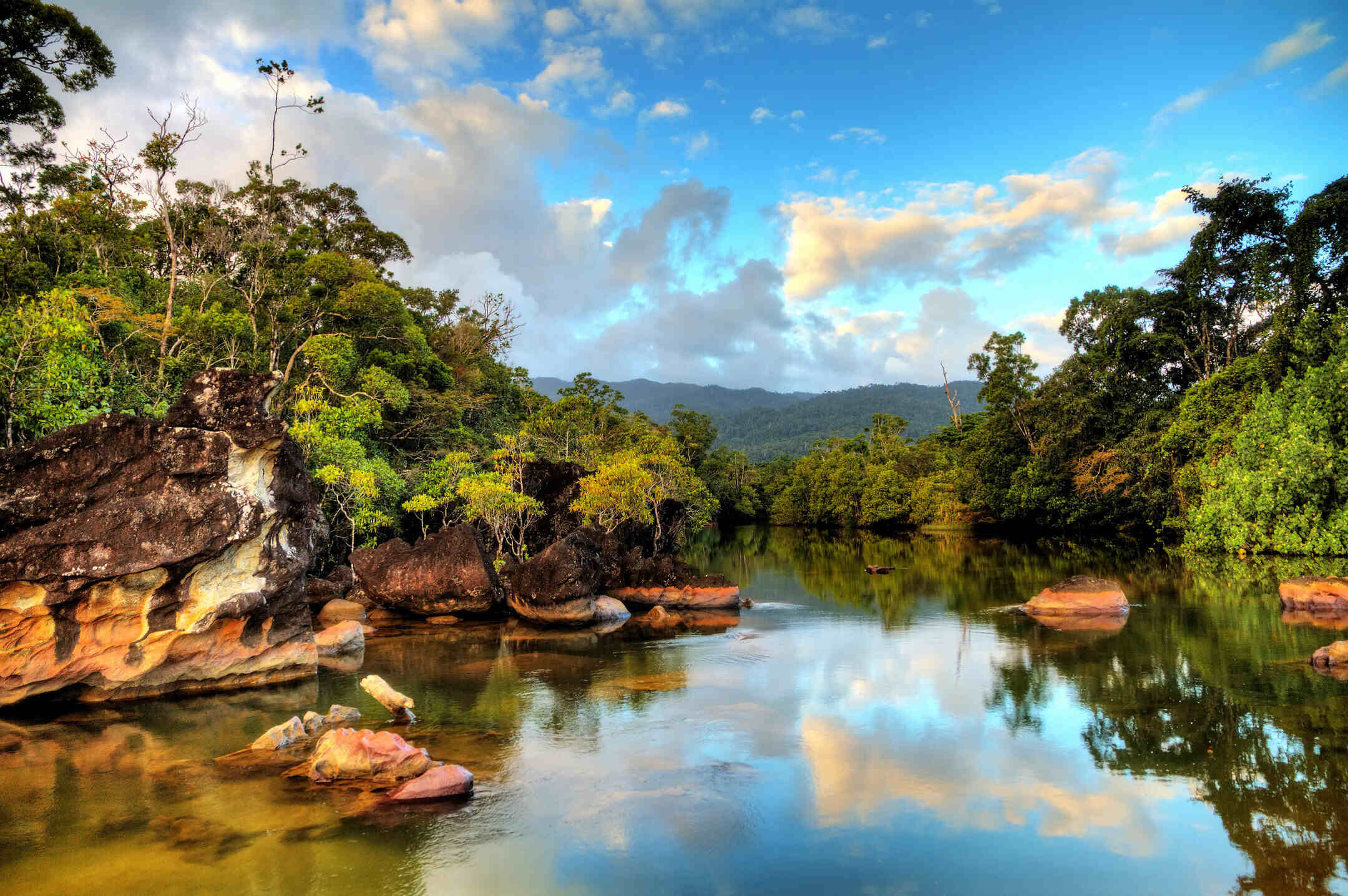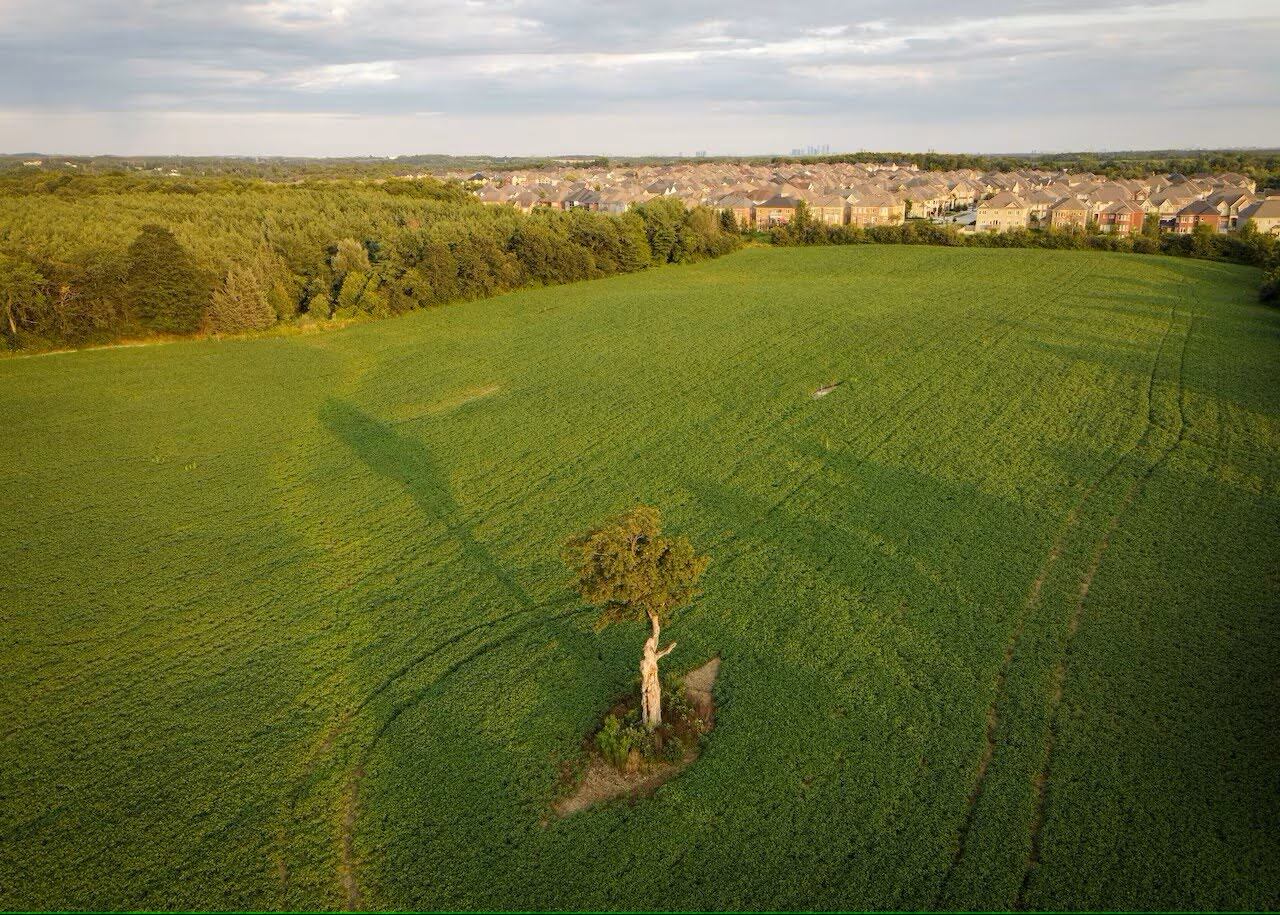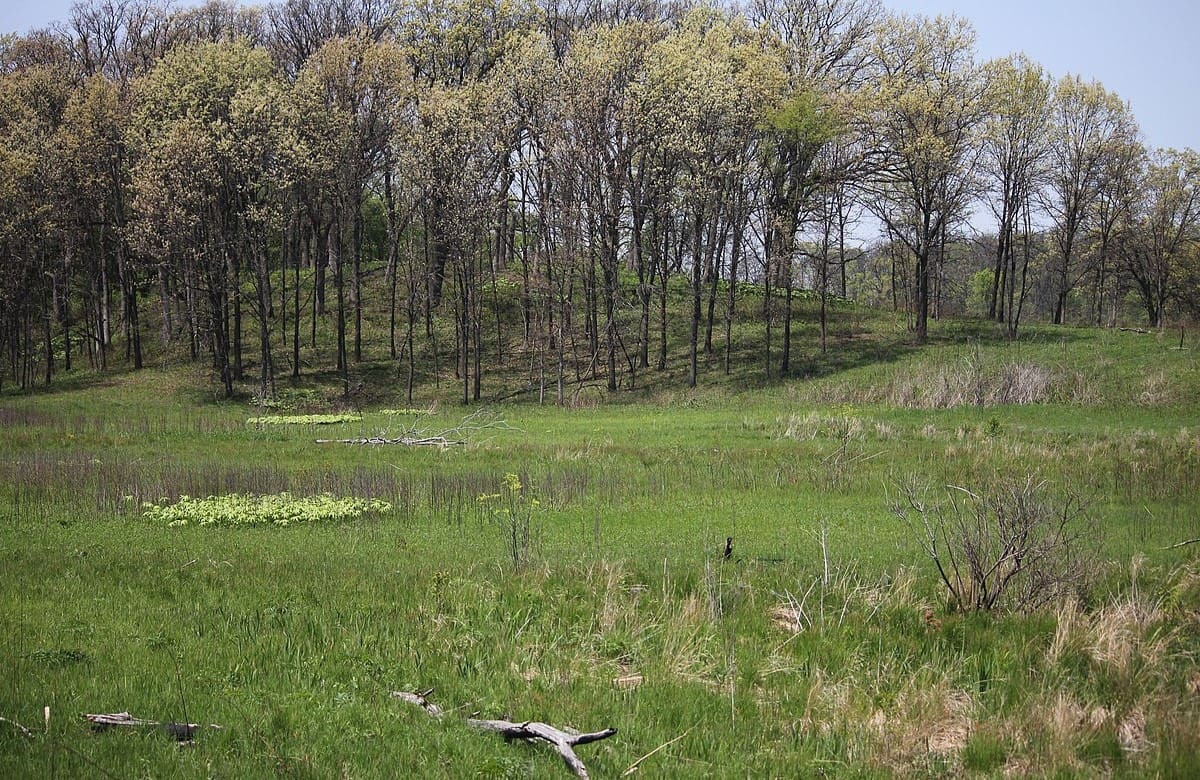Home>Furniture & Design>Outdoor Furniture>How Does The Global Environment Differ From The Outdoor Environment?


Outdoor Furniture
How Does The Global Environment Differ From The Outdoor Environment?
Published: January 15, 2024
Discover the contrasts between the global and outdoor environments, and explore the impact on outdoor furniture, design, and lifestyle.
(Many of the links in this article redirect to a specific reviewed product. Your purchase of these products through affiliate links helps to generate commission for Storables.com, at no extra cost. Learn more)
**
Introduction
**
When we think about the environment, we often envision the great outdoors – lush forests, expansive oceans, and diverse ecosystems. However, the term "environment" extends far beyond the natural world we can see and experience firsthand. It encompasses the entire planet and all the interconnected systems that support life. Understanding the differences between the global environment and the outdoor environment is crucial in comprehending the various challenges and opportunities that arise in managing and preserving these distinct realms. In this article, we will delve into the definitions of the global and outdoor environments, explore their differences in scale, impact, and management, and ultimately gain a deeper appreciation for the complexities of our planet's interconnected systems.
Key Takeaways:
- The global environment includes the entire Earth’s interconnected systems, while the outdoor environment focuses on specific, observable spaces where individuals interact with nature on a more localized scale.
- Understanding the differences in scale, impact, and management between the global and outdoor environments is crucial for effective environmental conservation and sustainability.
Read more: How Does Construction Impact The Environment
Definition of Global Environment
The global environment encompasses the entire interconnected system of Earth, including its atmosphere, land, water, and living organisms. It is the sum of all ecosystems, natural resources, and climatic conditions that influence and sustain life on our planet. This expansive concept extends beyond geographical boundaries and encompasses the intricate web of interactions and interdependencies that shape the Earth’s biosphere.
At its core, the global environment encapsulates the Earth’s natural systems and the complex relationships between living organisms and their physical surroundings. It encompasses the study of climate patterns, biodiversity, ecosystems, and the impact of human activities on the planet. From the microscopic interactions within ecosystems to the global-scale phenomena such as climate change, the global environment provides a holistic perspective on the Earth’s interconnected systems and the factors that influence its overall health and sustainability.
Understanding the global environment involves examining the intricate balance of natural processes, human activities, and the impact of industrialization and urbanization on the planet. It requires a comprehensive analysis of environmental policies, international agreements, and collaborative efforts to address global challenges such as pollution, deforestation, loss of biodiversity, and the depletion of natural resources.
Definition of Outdoor Environment
The outdoor environment refers to the immediate, observable surroundings in which individuals interact with nature. It encompasses natural and constructed outdoor spaces, including parks, gardens, forests, beaches, and urban landscapes that offer opportunities for outdoor activities and recreation. The outdoor environment provides a direct interface between people and the natural world, offering experiences that range from leisure and relaxation to exploration and adventure.
From a design perspective, the outdoor environment encompasses the planning and creation of outdoor spaces that are aesthetically pleasing, functional, and harmonious with the natural landscape. This includes considerations such as landscape architecture, urban design, and the integration of sustainable elements to enhance the quality of outdoor spaces.
Moreover, the outdoor environment plays a significant role in promoting physical and mental well-being, offering opportunities for exercise, social interaction, and immersion in natural settings. It serves as a canvas for artistic expression, cultural events, and communal gatherings, fostering a sense of connection to the natural world and the broader community.
Whether it’s a serene garden retreat, a vibrant urban park, or a rugged wilderness trail, the outdoor environment encompasses a diverse range of settings that contribute to the overall quality of life. It represents a dynamic interface between human activities and the natural world, offering opportunities for environmental education, conservation, and the appreciation of natural beauty.
Differences in Scale
The scale of the global environment is vast, encompassing the entire planet and all its interconnected systems. It includes the Earth’s atmosphere, hydrosphere, lithosphere, and biosphere, each of which operates on a global scale. From the circulation of ocean currents to the movement of tectonic plates, the global environment involves complex, large-scale processes that influence the planet as a whole.
In contrast, the outdoor environment operates on a more localized scale, focusing on specific outdoor spaces and their immediate surroundings. While these spaces contribute to the broader ecosystem, their impact is limited to a defined geographic area. For example, a city park may provide essential green space and habitat for local wildlife, but its influence is confined to the surrounding urban environment.
Furthermore, the scale of human impact differs significantly between the global and outdoor environments. Human activities such as industrialization, deforestation, and the burning of fossil fuels have far-reaching, global-scale effects on the Earth’s climate and ecosystems. In contrast, the impact of human activities in the outdoor environment is more localized, affecting specific ecosystems, biodiversity, and the quality of outdoor spaces within a given area.
Understanding the differences in scale between the global and outdoor environments is essential for developing effective management strategies and conservation efforts. While global initiatives are necessary to address overarching environmental challenges such as climate change and biodiversity loss, localized approaches are equally vital in preserving the unique characteristics and ecological balance of outdoor spaces.
The global environment includes all the ecosystems and natural resources on Earth, while the outdoor environment refers to the immediate surroundings outside. Understanding the differences can help in making informed decisions about conservation and sustainability efforts.
Differences in Impact
The impact of the global environment extends far beyond individual outdoor spaces, influencing the entire planet and its interconnected systems. Global environmental issues such as climate change, ocean acidification, and loss of biodiversity have profound and far-reaching effects on the Earth’s ecosystems, natural resources, and human societies. These issues transcend geographical boundaries and require coordinated, international efforts to address their complex and interconnected nature.
Conversely, the impact of the outdoor environment is more localized, directly affecting the quality of life and well-being within specific communities and regions. Human interactions with the outdoor environment, including land use, urban development, and recreational activities, can have significant implications for local ecosystems, air and water quality, and the overall health of outdoor spaces.
Moreover, the outdoor environment plays a crucial role in shaping individual experiences and fostering connections to nature. Access to well-maintained outdoor spaces can contribute to physical and mental well-being, community cohesion, and environmental awareness. Conversely, neglect or degradation of the outdoor environment can lead to diminished recreational opportunities, ecological imbalances, and a disconnect from the natural world.
Recognizing the differences in impact between the global and outdoor environments underscores the need for comprehensive approaches to environmental stewardship. While global initiatives are essential for addressing overarching environmental challenges, local engagement and stewardship of outdoor spaces are equally vital in preserving the unique characteristics and ecological balance of specific regions and communities.
Differences in Management
The management of the global environment necessitates international cooperation, policy development, and the implementation of large-scale initiatives to address complex, transboundary issues. Global environmental governance involves the coordination of efforts among nations, international organizations, and non-governmental entities to mitigate climate change, protect biodiversity, and promote sustainable development on a global scale. This requires the establishment of treaties, agreements, and regulatory frameworks that transcend national boundaries and prioritize the long-term health of the planet.
In contrast, the management of the outdoor environment involves a more localized approach, focusing on the preservation, enhancement, and sustainable use of specific outdoor spaces within communities and regions. This includes strategies for urban green spaces, parks, natural reserves, and recreational areas that cater to the needs and preferences of local populations. Effective management of the outdoor environment requires collaboration among local governments, community organizations, and environmental stakeholders to ensure the conservation of natural resources, the promotion of outdoor recreation, and the integration of sustainable practices.
Furthermore, the management of the outdoor environment often involves engaging with diverse stakeholders, including residents, businesses, environmental groups, and recreational enthusiasts. Localized management strategies prioritize community involvement, environmental education, and the empowerment of individuals to contribute to the preservation and enhancement of outdoor spaces.
Recognizing the differences in management between the global and outdoor environments underscores the need for multi-level governance structures that integrate global, national, and local efforts to address environmental challenges. While global environmental governance sets the stage for international cooperation and policy development, effective management of the outdoor environment relies on grassroots initiatives, community engagement, and the empowerment of local stakeholders to shape the future of their outdoor spaces.
Conclusion
Understanding the distinctions between the global environment and the outdoor environment provides valuable insights into the complexities of environmental stewardship and the interconnectedness of our planet’s systems. While the global environment encompasses the entire Earth and its intricate web of ecosystems, the outdoor environment focuses on specific, observable spaces where individuals interact with nature on a more localized scale.
The differences in scale, impact, and management between these two realms underscore the need for diverse and complementary approaches to environmental conservation and sustainability. While global initiatives are essential for addressing overarching challenges such as climate change, biodiversity loss, and resource depletion, localized management and stewardship of outdoor spaces play a crucial role in preserving the unique characteristics and ecological balance of specific regions and communities.
Recognizing the distinct challenges and opportunities presented by the global and outdoor environments encourages us to adopt a multi-faceted approach to environmental protection. It highlights the importance of international cooperation, policy development, and large-scale initiatives to address global environmental issues, while also emphasizing the significance of community engagement, local stewardship, and the preservation of outdoor spaces for the well-being of individuals and the health of local ecosystems.
In essence, the global environment and the outdoor environment represent interconnected facets of our planet’s intricate tapestry. By embracing a holistic understanding of these distinct realms and the diverse strategies required to manage and preserve them, we can foster a sustainable and harmonious relationship between humanity and the natural world.
Frequently Asked Questions about How Does The Global Environment Differ From The Outdoor Environment?
Was this page helpful?
At Storables.com, we guarantee accurate and reliable information. Our content, validated by Expert Board Contributors, is crafted following stringent Editorial Policies. We're committed to providing you with well-researched, expert-backed insights for all your informational needs.















0 thoughts on “How Does The Global Environment Differ From The Outdoor Environment?”